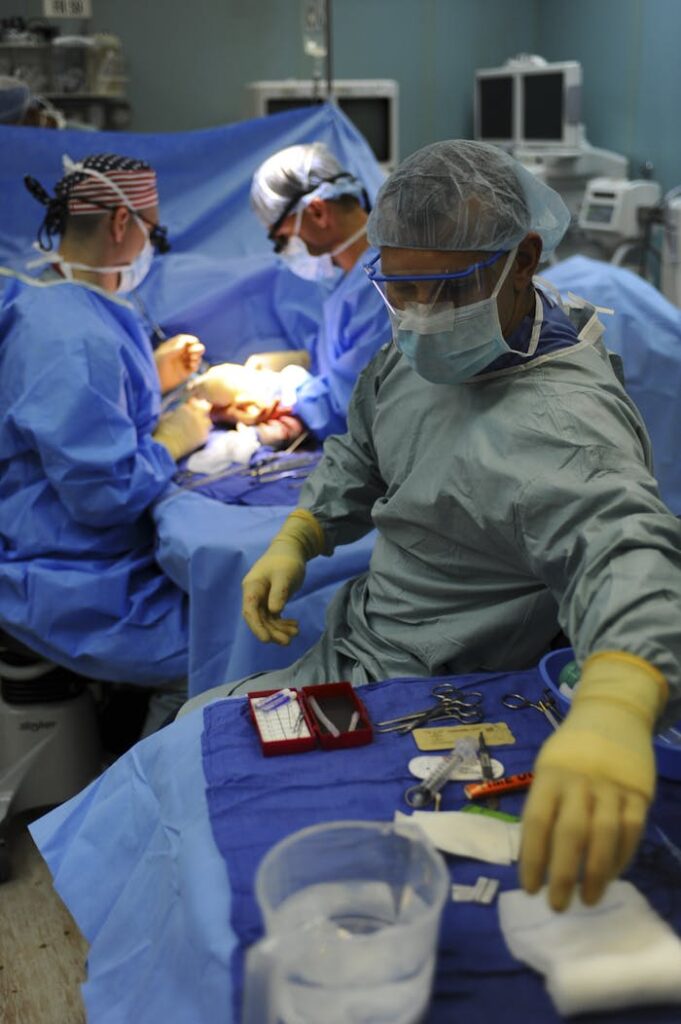General & Laparoscopy Surgery
General Surgery and Laparoscopic Surgery are two broad categories of surgical procedures that differ in their techniques and applications.

General Surgery:
General Surgery involves a wide range of procedures that address various conditions affecting the abdomen, digestive tract, endocrine system, and other parts of the body. It encompasses traditional surgical techniques and can be used for both diagnostic and therapeutic purposes.
Common Procedures:
Appendectomy: Removal of the appendix.
Cholecystectomy: Removal of the gallbladder.
Hernia Repair: Correction of hernias, where organs push through weak areas in the abdominal wall.
Bowel Resection: Removal of a part of the intestine, often due to conditions like cancer or Crohn’s disease.
Thyroidectomy: Removal of part or all of the thyroid gland.
Laparoscopic Surgery:
Laparoscopic Surgery, also known as minimally invasive surgery, is a technique that uses small incisions and specialized instruments to perform operations. It is often used to treat conditions in the abdominal and pelvic areas.
Common Procedures:
Laparoscopic Cholecystectomy: Removal of the gallbladder through small incisions.
Laparoscopic Appendectomy: Removal of the appendix using small incisions.
Laparoscopic Hernia Repair: Correction of hernias with minimal incisions.
Laparoscopic Colorectal Surgery: Surgery on the colon and rectum with small incisions.
Advantages:
Reduced postoperative pain, quicker recovery, shorter hospital stays, and minimal scarring.
Recovery Time: Laparoscopic surgery generally offers faster recovery and less postoperative pain.
Scarring: Laparoscopic surgery results in smaller, less noticeable scars compared to traditional general surgery.
Complications: Both techniques carry risks, but laparoscopic surgery tends to have fewer complications related to wound healing and infection.


